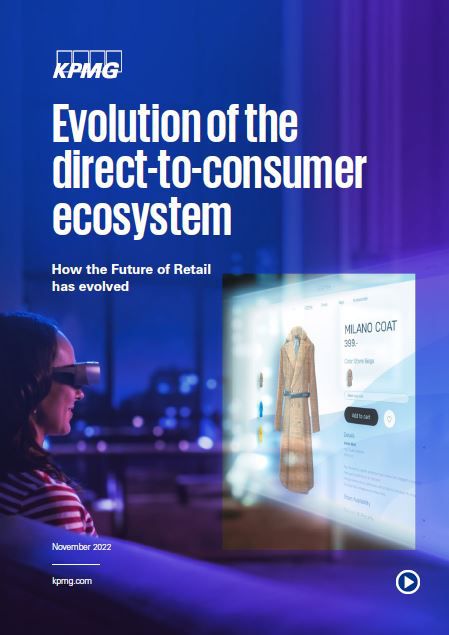Consumers could soon be putting their money where D2C is
If you are like most consumers, the way you shop has changed dramatically over the past two years. The introduction of lockdowns changed shopping patterns overnight. Shuttered stores, disrupted supply chains, idle inventory and evolving health restrictions catalysed rapid digitisation and digital adoption among retailers, manufacturer and consumers.
We are currently experiencing an evolution of retail towards consumer commerce, where, increasingly, consumer-facing businesses offer products and services without the need for a physical store legacy. This has opened doors for the rapid expansion of direct-to-consumer ecommerce.
For manufacturers, D2C offers a way to engage directly with more consumers, increase sales, improve speed to market and capture greater customer data. For consumers, D2C is can provide greater convenience, more personalisation, more efficient returns processes and increased value. The opportunities are tremendous.
In this report, KPMG Deal Advisory professionals explore those opportunities, identify the risks and shine a spotlight on emerging business models in today’s D2C marketplace. We look at inorganic approaches that retailers are using to deliver on their D2C strategies. And we offer some insights on how leading retailers are making their inorganic D2C strategies successful and sustainable.
6 trends seeding the growth of D2C
1. Convenience
People increasingly seek simplicity and convenience amid busy lifestyles. As an online proposition, D2C provides customers with a high level of convenience and opportunities to leverage subscription models for products they consume regularly.2. Personalised experiences
Consumers are increasingly looking for improved and personalised shopping experiences. Leveraging customer data, D2C propositions are able to offer this value-add to customers.3. Purpose
Consumers are placing less importance on luxury and brand name and more on what a brand stands for and gives back. Purpose is a core philosophy for D2C businesses, with many brands focused on driving social and environmental change.4. New technologies
Customers want to interact with brands through social media, IoT connectivity, wearables and — eventually — in the metaverse. D2C models enable this through new technologies.5. Localisation
Recently, a new wave of digital shoppers has emerged favouring D2C brands that offer products produced locally.6. Value
Consumers are increasingly looking for value-for-money purchases and deals. D2C brands are often able to offer competitive discounts through margin savings from the elimination of middlemen.
Get in touch
Take steps today to connect with consumers of tomorrow. Reach out for insights on innovating and evolving for the future of retail.
Connect with us
- Find office locations kpmg.findOfficeLocations
- kpmg.emailUs
- Social media @ KPMG kpmg.socialMedia



